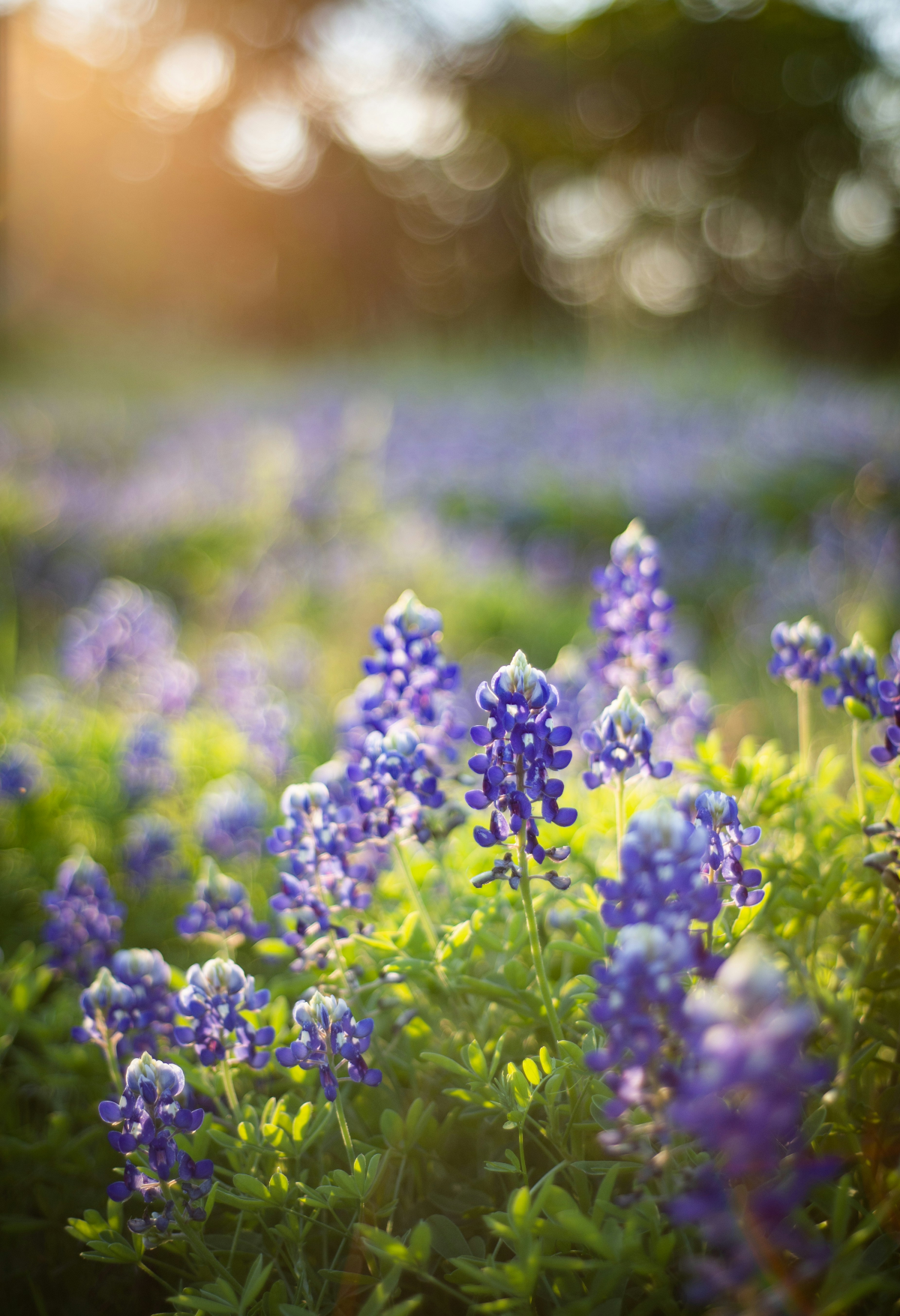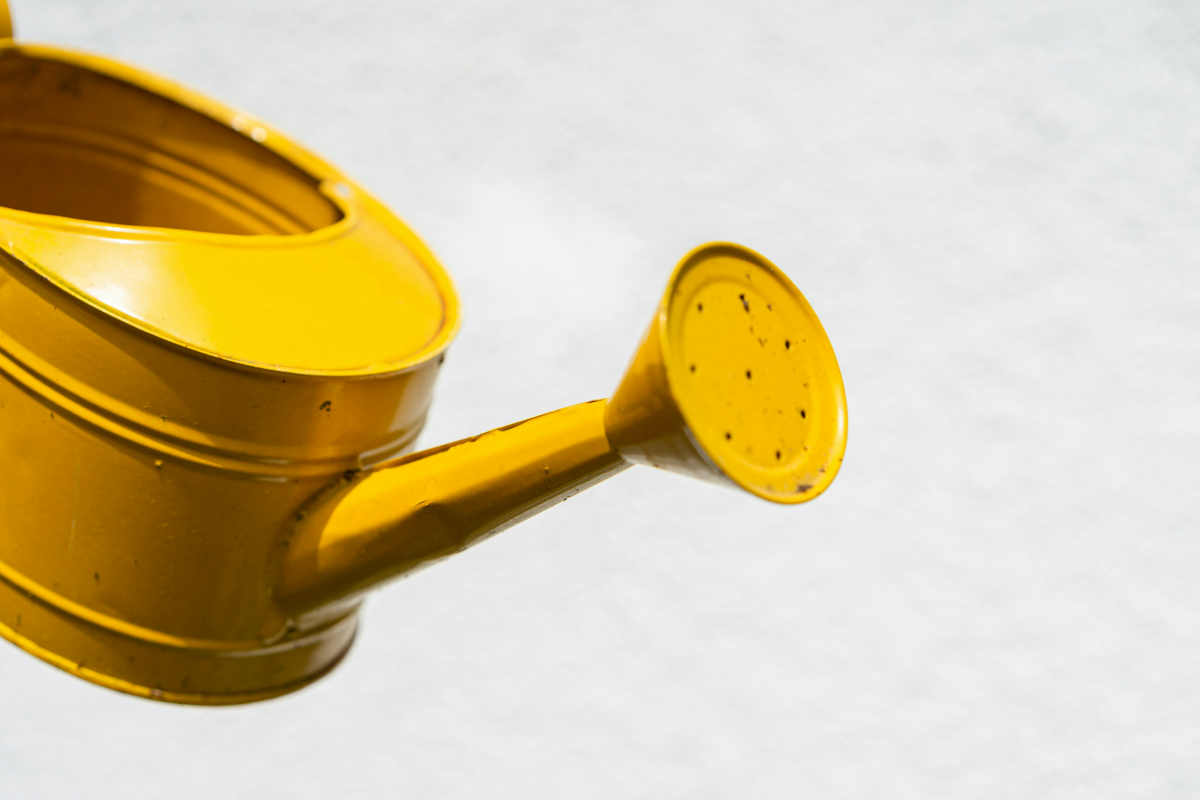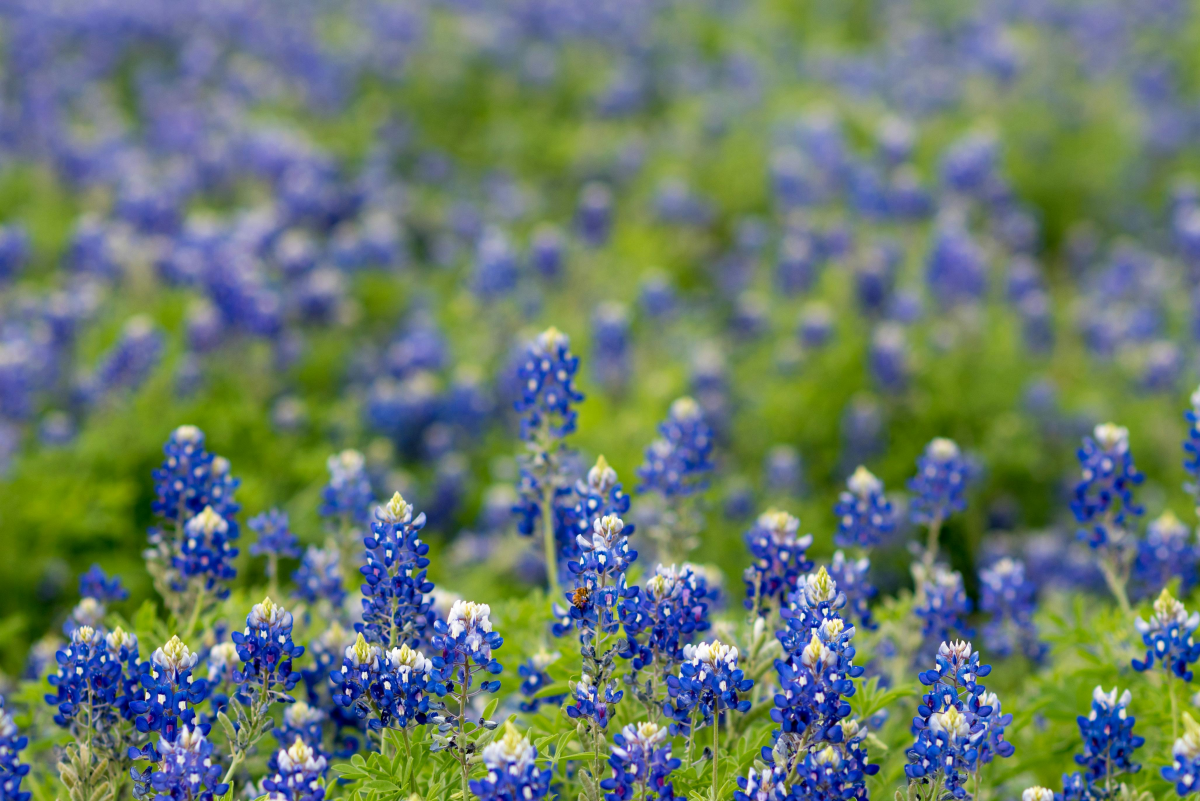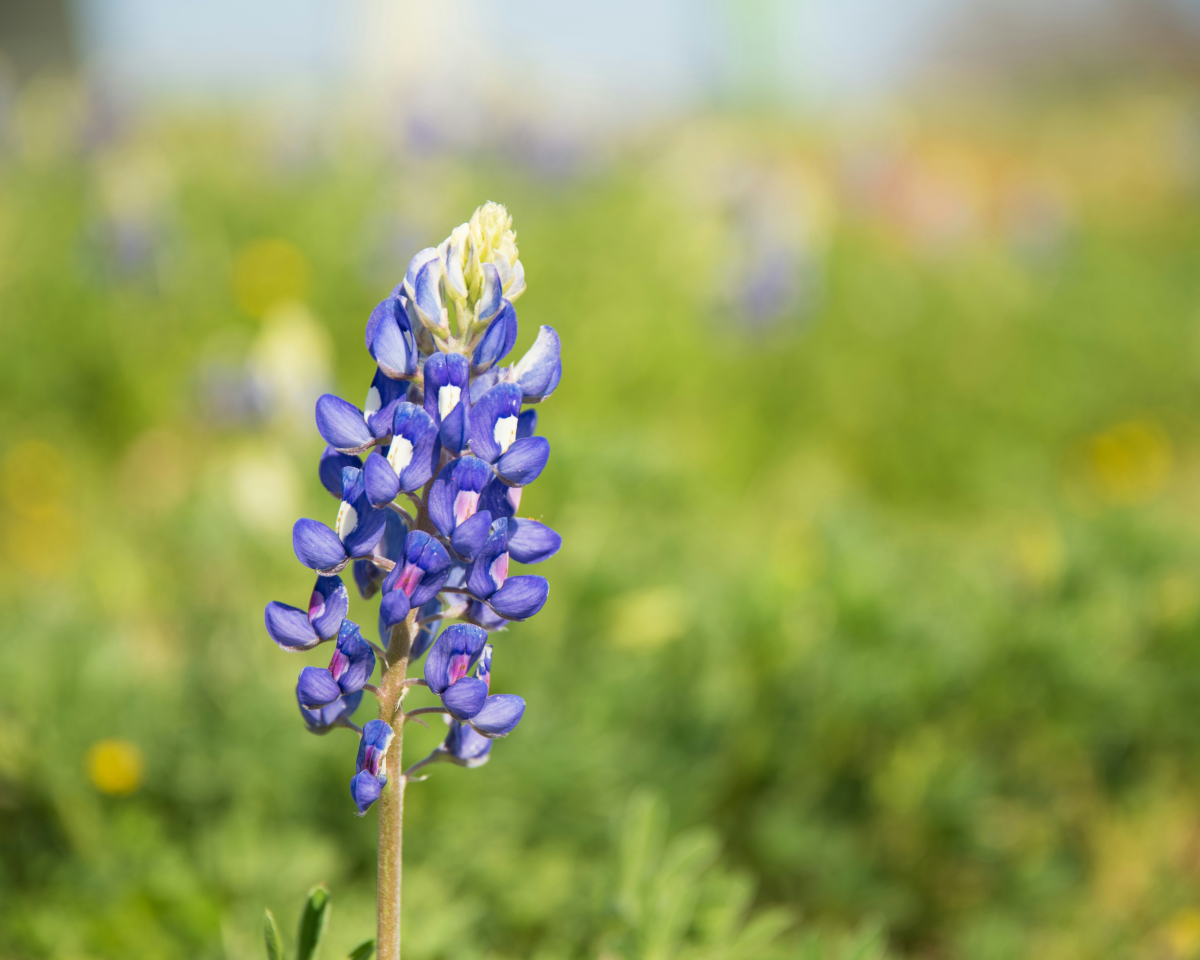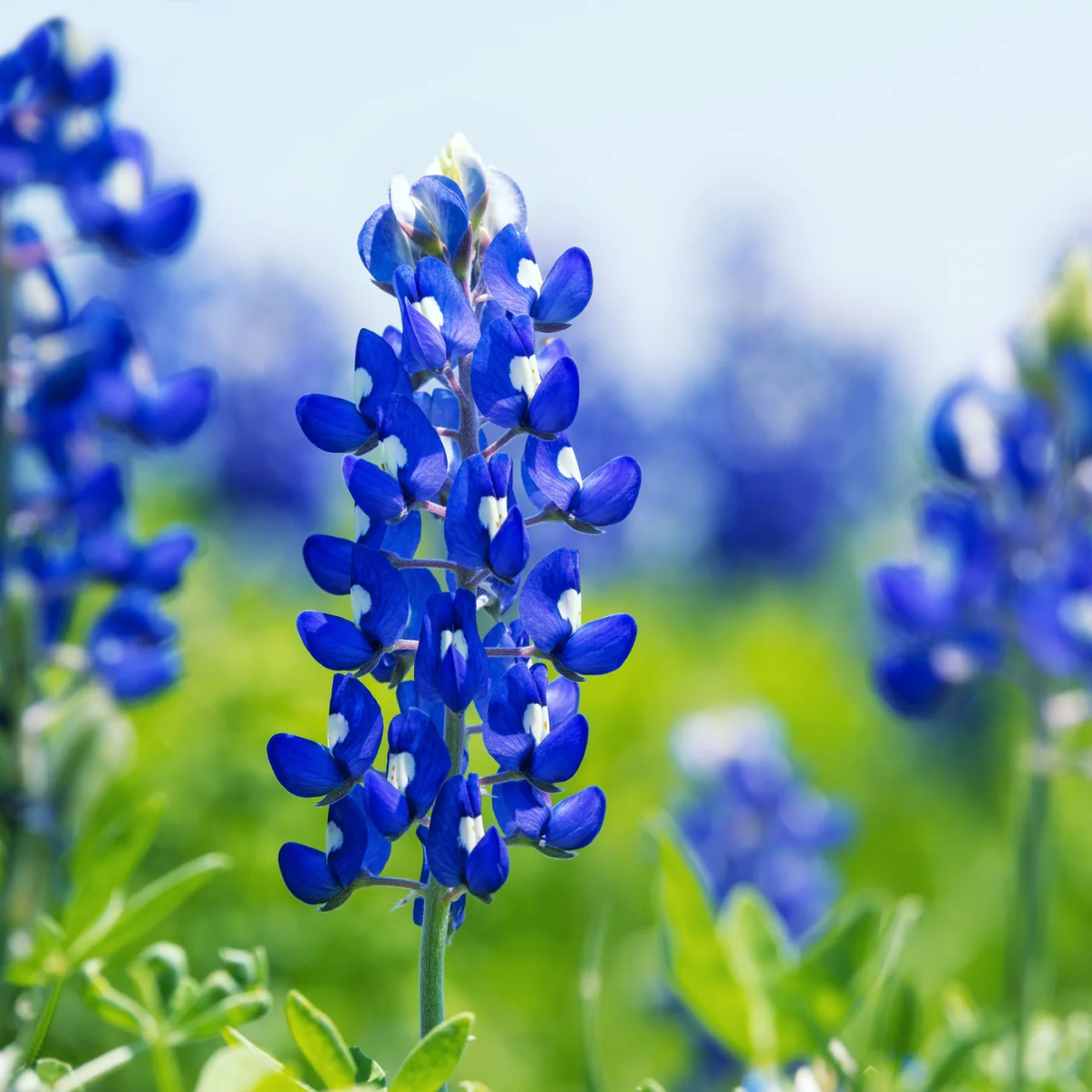The Art Of Growing a Bluebonnet Flower: The Ultimate Guide
Welcome to the captivating world of bluebonnet flowers. This flower is a quintessential symbol of spring in the South, particularly in Texas where they are celebrated as the state flower. These charming blossoms are famous for their vibrant blues and purples. Today, we aim to bring the allure of bluebonnets right into your very own backyard. We will cover every aspect of their growth. From the initial planting of seeds to the ongoing care and maintenance. We will equip you with the knowledge to ensure your bluebonnets flourish, mirroring the vibrant beauty of a Texan spring. Whether you’re a seasoned gardener or a budding green thumb, this guide will provide invaluable insights into nurturing these stunning flowers. Here is how to grow the stunning bluebonnet flower.
Welcome to the captivating world of bluebonnet flowers
In this article
How To Grow a Bluebonnet Flower
Bluebonnet flowers are a proud member of the lupine family. However, they offer more than just aesthetic beauty. They weave a rich tapestry within the ecological and cultural landscapes, especially in Texas. There their significance extends beyond mere decoration. Recognized as the state flower, bluebonnets hold a place of honor in local traditions and natural habitats. To grow these flowers successfully, you will need a deep understanding of their unique requirements is essential. These blooms are not just any garden variety. They require specific conditions to truly thrive. That’s why today we will delve into what makes bluebonnets special.
Bluebonnet flowers are a proud member of the lupine family
Choosing the right location
Selecting the ideal location is a critical first step in growing bluebonnets. These flowers are best suited to well-drained, slightly alkaline soils, mimicking their native Texan terrain. The perfect spot in your garden would be one that receives ample sunlight, as bluebonnets thrive in areas bathed in full sun. When preparing the soil, consider its drainage capacity and pH level to match the natural preferences of these flowers. A location that fulfills these criteria will not only support the healthy growth of bluebonnets but also enhance their vibrant coloration, ensuring that your garden becomes a showcase of these iconic blooms.
Selecting the ideal location is a critical first step in growing bluebonnets
Planting seeds
Timing is crucial when planting bluebonnet seeds, with fall being the optimal season. This schedule allows the seeds to germinate and establish a robust root system before the onset of winter. When sowing, distribute the seeds evenly across the prepared soil, ensuring they are not too densely packed. A light covering of soil is sufficient to protect them while allowing for easy sprouting. A useful tip for even seed distribution is to mix the seeds with sand before planting. This technique aids in spreading the seeds uniformly, preventing clumping and promoting a more picturesque growth pattern. Regular monitoring and gentle care during the germination period set the foundation for a bountiful bluebonnet display in your garden.
Timing is crucial when planting bluebonnet seeds
Watering
Watering bluebonnets requires a careful approach. The key is moderation. Overwatering can be detrimental to these resilient flowers, which are naturally adapted to thrive in drier conditions. It’s important to monitor the moisture level of the soil regularly and water only when necessary. This typically means watering when the soil feels dry to the touch, but not so infrequently that the plants become parched. The ideal watering regimen strikes a balance, providing enough moisture to sustain the plants while avoiding the risk of over-saturation. This approach not only ensures healthy growth but also maintains the soil conditions that bluebonnets favor.
Overwatering can be detrimental to these resilient flowers
Fertilizing
Fertilizing bluebonnet flowers is generally not required. These hardy blooms are well-adapted to grow in less fertile soils, often found in their native Texan plains. The natural resilience of bluebonnets means they can flourish without the need for additional nutrients that fertilizers provide. This characteristic makes them an excellent choice for gardeners looking for low-maintenance yet visually stunning plants. If you do choose to fertilize, opt for a light application of a balanced, slow-release fertilizer, but be cautious not to overdo it, as excessive nutrients can do more harm than good to these naturally robust flowers.
Fertilizing bluebonnet flowers is generally not required
Managing pests
Bluebonnets, while relatively hardy, can still be susceptible to certain pests and diseases. Common pests like aphids and snails may occasionally be attracted to these flowers. Aphids, small sap-sucking insects, can be controlled through natural predators like ladybugs or by a gentle spray of water to dislodge them from the plants. Snails can be deterred using organic methods such as diatomaceous earth or snail traps. Regular inspection of your bluebonnets for any signs of these pests will help in early detection and effective management.
Common pests like aphids and snails may occasionally be attracted to these flowers
Dealing with disease
Diseases, particularly fungal infections, can pose a threat to bluebonnet flowers, especially in damp conditions. To prevent the onset of fungal diseases, ensure proper air circulation around your plants. This can be achieved by spacing them adequately and avoiding overcrowding. Additionally, water the plants at the base rather than from above to keep the foliage dry, as wet leaves can create an ideal environment for fungus to thrive. By maintaining these preventive measures, you can protect your bluebonnet flowers from common diseases and keep them healthy and blooming.
Water the plants at the base rather than from above to keep the foliage dry
Pruning
Pruning is not a routine requirement for bluebonnet flowers. As annual plants, bluebonnets complete their entire life cycle – from seed to flower to seed – in a single growing season. This natural cycle negates the need for regular pruning, as the plants naturally die back after blooming. However, this doesn’t mean maintenance should be overlooked. Regular monitoring for any signs of distress or disease is important to ensure the health of the plants throughout their life cycle.
Pruning is not a routine requirement for bluebonnet flowers
Maintenance
Once a bluebonnet flower has bloomed and begun to wilt, it’s crucial to allow the plants to remain in place until they have fully seeded. This practice is vital for ensuring the next generation of bluebonnets. The seeds will naturally disperse from the dried pods, sowing themselves for the following season. By allowing your bluebonnets to go through this natural seeding process, you contribute to a continuous display of these delightful flowers in your garden year after year.
The seeds will naturally disperse from the dried pods
Growing a bluebonnet flower offers a delightful journey into the essence of springtime gardening. With proper care and patience, these vibrant blooms can transform your garden into a stunning sea of blue, reminiscent of the picturesque southern landscapes. This guide aims to empower and inspire you to embark on this floral adventure, bringing the unique beauty and charm of a Texan spring right into your own outdoor space. Embrace the rewarding experience of nurturing these captivating flowers and enjoy the serene blue vista they create. So, grab your gardening tools and get ready to infuse your garden with the enchanting allure of bluebonnets. Happy gardening!
Growing a bluebonnet flower offers a delightful journey into the essence of springtime gardening

